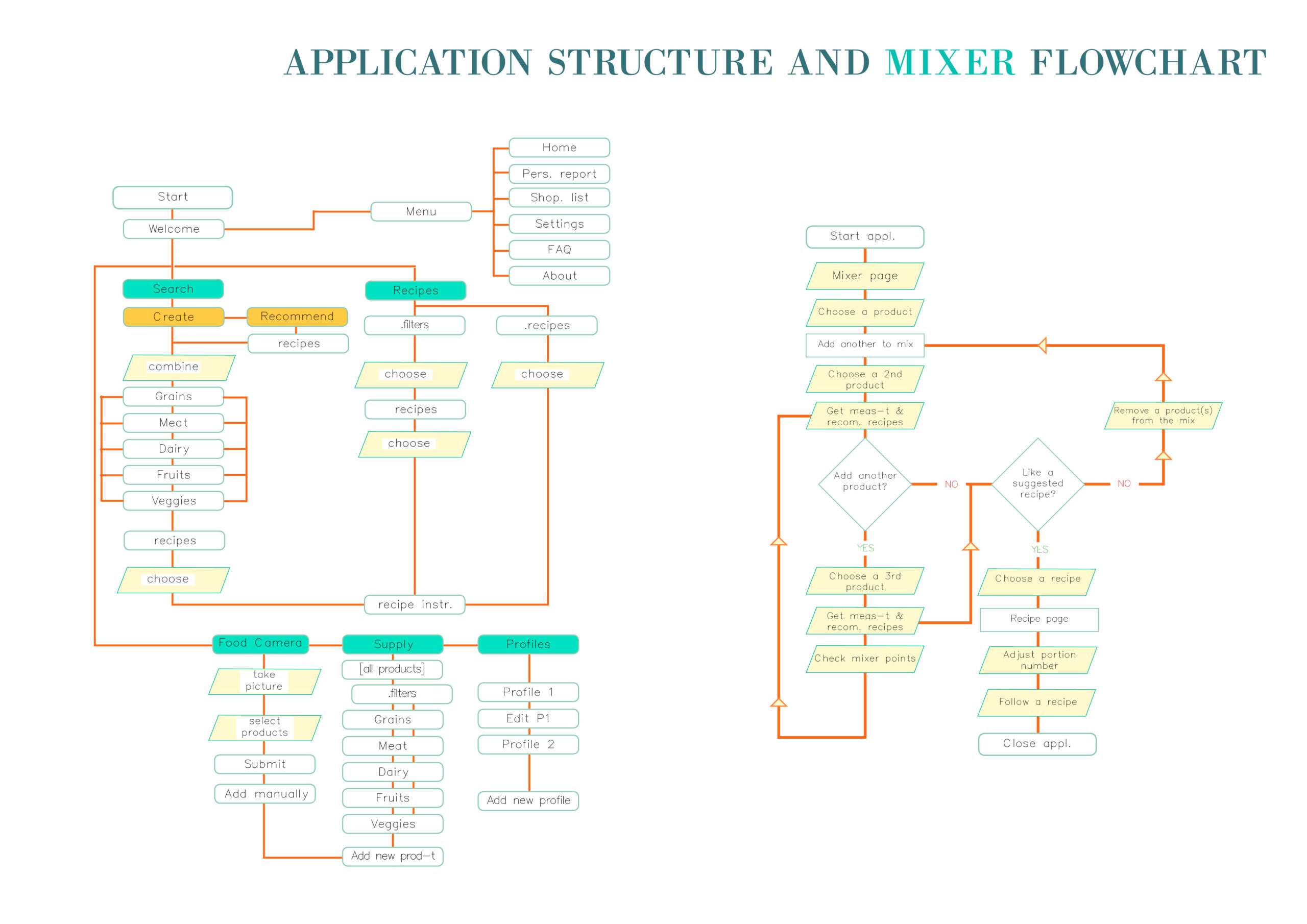Bolinka
A design concept for a platform which helps individual and family households to fight food waste with the power of image recognition.

The Problem
Household food waste
As of 2022, households were responsible for 60% of global food waste, totaling approximately 631 million metric tons out of a global 1.05 billion tons wasted. This waste contributes significantly to greenhouse gas emissions—accounting for 8% to 10% of global emissions—and exacerbates food insecurity, as an estimated one billion meals are discarded daily while millions face hunger.
General food management
Main contributing behaviors can be categorized as poor food management. More specifically:
- Over-purchasing and stockpiling
- Improper storage
- Misinterpretation of date labels
- Poor meal planning
- Leftovers management
Purchasing behavior and food knowledge
Currently, many campaigns are organized to battle this bubbling problem. Businesses, governments and non-profit organizations spread awareness about the issue and push towards action on that front. However, not many tech solutions are fully designed to tackle this complex human behavior.
How to support households with reducing food waste?:
The Methodology
For this project I decided to focus on stimulating user to creatively handle soon-to-expire food.
Methods used




The final results
Application for food recipe and activity recommendations based on expiring foods
Bolinka offers a platform which customers can use to track their food behavior and get personalized meal recommendations based on their current meal supply and preferences.
Furthermore, it aims at reducing food waste by making the decision-making process easier while cooking and providing users with data about their choices and behavior. Especially in the form of a management application, users can personalize it to the their wishes and use it anywhere.
The Process
Initial research
As household food waste is a common problem, it was not a problem for me to find volunteers for interviews and observation. However, I decided to focus on people who I can easily reach out to – university students. Consequently, my research involved single households on a budget.
Chiefly, my assumption was that not much food waste was produced. Nevertheless, research proved that student had poor skills in managing food and their purchasing behavior could categorized as random and inconsistent.
Consequently, the interviews, surveys and literature reviews gave direction to the project.




